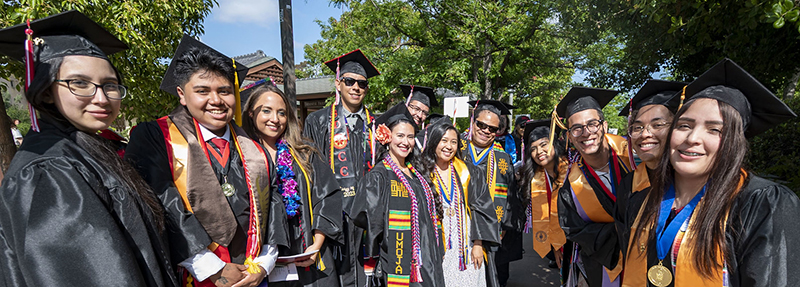Institutional Innovation and Effectiveness

Welcome to the office of Institutional Innovation and effectiveness
The San Diego Community College District Office of Institutional Innovation and Effectiveness was established on February 1, 2023. This office will allow the expansion of the District's institutional research, accreditation, strategic planning, and educational technology planning and support functions. In addition, there will be proactive engagement with and support for the District's entrepreneurship and innovation programs.
|
Contact UsSan Diego Community College District
Institutional Innovation & Effectiveness
Attention: Vice Chancellor's Office
3375 Camino Del Rio S., Suite 105, San Diego, CA 92108
Office Phone: 619-388-6580
Email: iie@sdccd.edu
|
trainings

Research
The Office of Institutional Effectiveness and Research (OIER) supports research, planning, and decision-making around the district by providing data about enrollment, outcomes, and student services. The OIER also completes mandated reporting and serves as a primary source for information on institutional effectiveness at SDCCD.
Innovation and Effectiveness Technology Resources
As the colleges in the SDCCD continue to serve a diverse student body with varied needs, the district's commitment to innovative programs, services, technology, and operations stands as an essential foundation for delivering a responsive, relevant, and future-ready education to our communities.
Institutional Effectiveness and Planning
The SDCCD Strategic Plan will guide the future of the colleges and the District between now and 2030 by identifying our collective vision, goals, and objectives. It builds on and complements strategic plans developed by San Diego City, Mesa, Miramar Colleges, and the San Diego College of Continuing Education.
Accreditation
Our credit colleges, San Diego City, Mesa, and Miramar colleges are accredited by the Accrediting Commission for Community and Junior Colleges, Western Association of Schools and Colleges. San Diego College of Continuing Education is accredited by the Accrediting Commission for Schools of the Western Association of Schools and Colleges.

Large Language models (AI) resources
- Example of Ai Syllabi Policies
- 101 Creative Ideas on using ai in education
- Assigning AI: Seven Approaches for students with prompts
- Grand Challenges in Assessment in the Age of AI (November 3, 2023 Recording) -click on "more AI resources" below to see ADDITIONAL recordings on ai
- how ai chatbots like chatgpt or bard work-visual explainer

Institutional Innovation And effectiveness
news and announcements
Intro sessions on ai with a focus on chatgpt
- ai classroom policies - in-person (mesa college bt-206, limited seating) - may 07, 2024 - 6pm-7pm - (CREDIT COLLEGE FLEX # 21578; CCE FLEX # tbd)
- Artificial intelligenc (AI) AS A PARTNER IN THE LEARNING PROCESS- ZOOM - MAY 3, 2024 - (CREDIT COLLEGE FLEX # 21276; CCE FLEX # 31368)
- nATIONAL AI LITERACY DAY: Learn how ai is shaping our world - April 19, 2024
- HOUR OF REFLECTION AND ENGAGEMENT- APRIL 18, 2024 VIA ZOOM (CREDIT COLLEGE FLEX # 21616; CCE FLEX # 31523)
- ASU+GSV AIR Show — AI Revolution | April 13-15, 2024 (asugsvsummit.com)
- AI Demystified: An Introduction for Educators- December 4, 2023 presentation and Recording(Credit College Flex # 20921; CCE Flex # 31243)
- AI Demystified: An Introduction to Generative AI (ChatGPT) in Your Workday-NOVEMBER 27, 2023 presentation and RECORDING (credit College Flex # 20920; CCE Flex #31242)
Other News

community of practice- Learning opportunities
Writing in the Age of AI Fridays 11:30 am to 12:45 pm, Zoom (meeting ID 870 8561 6603)
- AI and Web3: Synergy in the next Frontier, May 3, 2024 (CREDIT COLLEGE FLEX # 21523; CCE FLEX #31462)







